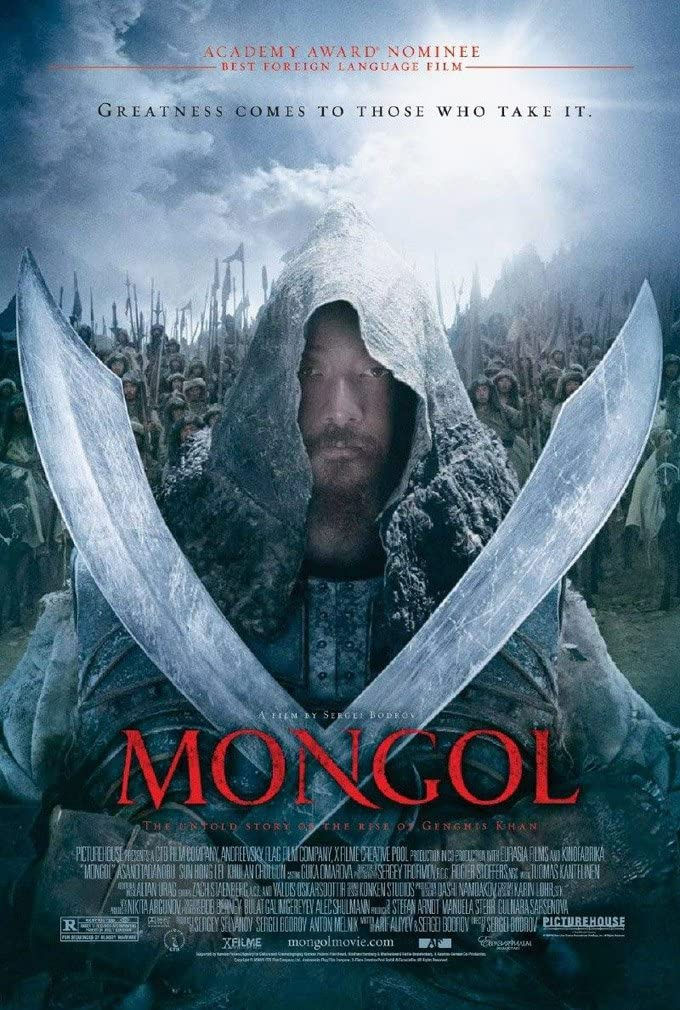Mongol (2007) - Review by Melanie Ross
- Christina Han
- Nov 26, 2020
- 2 min read

Mongol: The Rise of Genghis Khan was first released in Russia in 2007 and then in June 2008 in the United Kingdom and States (imdb.com). It was to be the first in a trilogy about the Mongol leader, however, the second and third movies have yet to be produced. Mongol is the epic semi-historical portrayal of Temujin and his life before he became Genghis Khan. It was directed by Sergei Bodrov and shot primarily in the People's Republic of China, primarily in Inner Mongolia, and in Kazakhstan. Local protestors in Mongolia upset the shooting of the film for fear that the people and their national hero would not be properly portrayed. Beginning in 1192 during Temujin’s time as a prisoner, he recounts his early life through a series of flashbacks. We follow him as he and his father ride out to select a bride for Temujin from a rival Merkit tribe, but he chooses (or rather, is chosen by) Borte from a weaker clan. They leave and head for home, but Temujin’s father Yesugei is poisoned when they stop to rest. Yesugei dies and a series of events lead to Temujin being captured and enslaved by Tarutai, the new Khan. After five years of escape and recapture, Temujin escapes and makes his way back to Borte. Along the way he meets Jamukha and they become blood brothers. Borte gets kidnapped after a long-awaited reunion with Temujin. Temujin seeks Jamukha’s help to get her back. Tensions rise between Temujin and Jamukha which lead to them becoming enemies and they go their separate ways. Temujin and his small army grow until Jamukha decides he must be stopped. They meet on the battlefield in a crash of horses and swords. During the battle a thunderstorm develops and Jamukha’s troops cower in fear causing Temujin to be victorious.
As a film, Mongol is accurate to a degree, but artistic license is evident. The chronology of events stays relatively true to the sources we have about the Mongols, but small details have been added or removed to make the story more interesting or to help focus the story on Genghis. This movie presents a softer side to Genghis Khan, but also illustrates his ruthlessness. His love of family (his immediate family and also soldiers) and loyalty towards them drive the movie forward. The final battle scene shows Genghis' military prowess and organization. His use of the feigned retreat was a tactic often used to win against larger, stronger opponents. Overall, Mongol: The Rise of Genghis Khan is a great introductory source to learn more about the man behind one of the largest empires in world history.




Comments